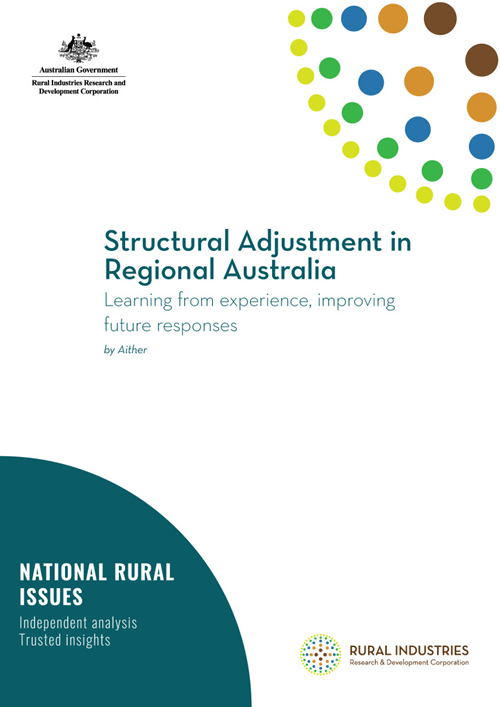Structural adjustment is the aggregate result of various decisions made by individuals and businesses as they adapt to change. It can include changes in the nature and scale of industries and communities and is influenced by market, technology, and environmental factors, as well as government policy and reform. Adjustment is necessary to ensure innovation, investment and growth and allows resources to be redistributed to more productive, efficient and higher value uses in response to changes in preferences and demand.
Adjustment presents both challenges and opportunities. Early adopters can be well rewarded, but for those lacking the capacity to adapt, change can be difficult. For these and other reasons, governments may choose to intervene in adjustment processes. But governments face challenges in choosing if, when and how to intervene, including how to effectively manage and prioritise equity and efficiency objectives. Policy makers can equally be challenged by a lack of information and understanding, including in regard to the best policy response.





